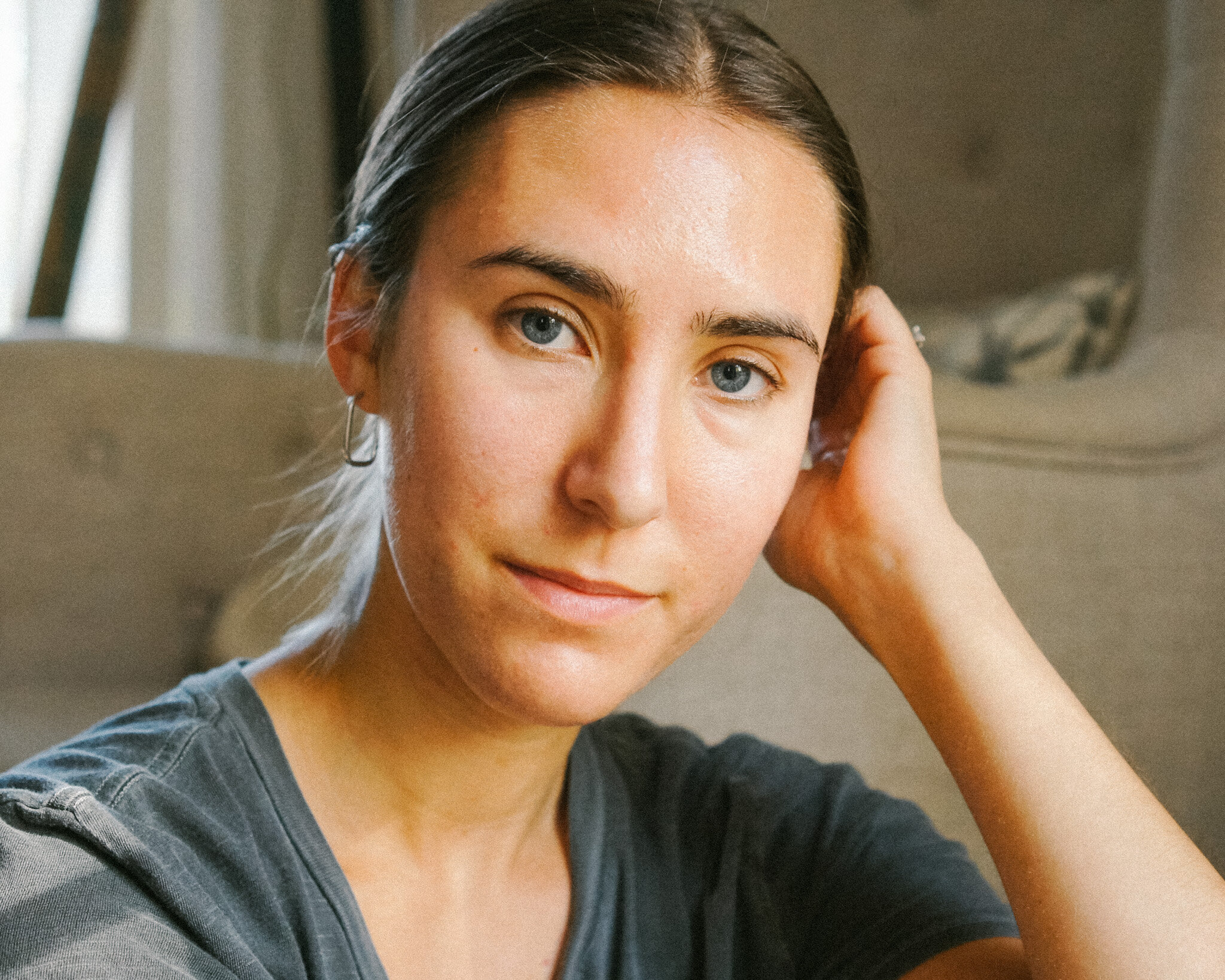Back to Basics in Skincare
Melinda Renzoni
Long past are the days of my 20 step skincare routine.
Although I still religiously stick to a routine and wouldn’t dare go to bed with makeup on, I find myself drawn to a much more simplistic approach these days.
The change has come partly out of necessity (my skin demanded it) and but also out of my desire to be more thoughtful about the items I’m purchasing. I found out the hard way that the more expensive skincare products I added to my routine, the more my skin revolted. There was absolutely a direct correlation.
My skin, my wallet and the environment have all benefited from a more intentional, simplified approach to my skincare routine.
Fancy marketing campaigns and influencers tell you that you absolutely need the latest masks, serums, and toners in your life. Don’t get me wrong, I'm a big fan of all of those products. But, sometimes, less is more. Your skin is your body’s largest organ and I find the more that I chill out and let it do what it was intended to do, the happier my skin is.
When starting a skincare routine, the most common question I’m asked is: where do I start? My answer is always the same. I recommend people start with mastering the “basics” of skincare before branching out. Think of it like learning to walk before you run.
Rule #1: “No pain, no gain” does not apply to skincare.
When trying out new products there are a few red flags when it comes to the results you see. If you can describe your skin as dry, tight, flaky, stinging, squeaky clean, red, irritated, burning and rashy after trying a new product… Put It Down.
I’ve actually heard people say that they thought if their skin burned that just meant it was working. That’s a hard no. There’s a chance you may experience a slight tingling when introducing strong acids or peel type products - but as general rule of thumb any type of burning sensation is not what you’re looking for.
Rule #2: Less is more. Especially when it comes to ingredients.
Fifteen different masks aren’t going to do you any good if they’re made up of useless fillers. Check the ingredients. There’s lots of great tools available to help you figure out what ingredients are in your products. The Skin Carisma product analyzer tool is my personal favorite because it easily identifies commonly avoided ingredients such as parabens, sulfates and synthetic fragrance and also points out beneficial ingredients. Other apps I love are The Environmental Working Group, Think Dirty and CosDNA. Another option is to find reputable retailers that do the work for you and have a strict ingredient screening process. Ones we love: Follain, Credo, Beautycounter, CAP Beauty.
Rule #3: Choose your cleanser wisely.
Your cleanser can make or break your routine. Personally, I would consider this the most important step. It is even more crucial if you’re someone who wears makeup. You need something that is going to remove all of your makeup, break down any oils and dirt from the day but not strip your skin of its natural oils. If you’re looking for something very basic and affordable, Bioderma Sensibio Micellar water and mild cleansing gel are great products to start with. If cruelty free, vegan and sustainable are designations important to you the Doctor Rogers Restore Face Wash or Youth To The People Superfood Antioxidant Cleanser would be a better fit.
Rule #4: Find a moisturizer that works for you.
Everyone has different needs when it comes to a moisturizer. I’ve personally had the best success with products that have a base of water, hyaluronic acid and/or aloe vera or just have a high humectant content as opposed to oils. Humectants draw water to the top layer of the skin and therefore help your skin to retain moisture. The Krave Beauty Oat So Simple water cream or Doctor Rogers Face Lotion are good examples of this.
Ok, so what’s next?
Now that you’ve found a cleanser and moisturizer that work well for you, you can start layering on other products that make sense for your skin type. Since the options are seemingly endless these days, it’s just a matter of narrowing down where your routine is lacking.
If you find you need more moisture, you could add in a hyaluronic acid serum.
If your oily and acne prone, niacinamide can be helpful to balance sebum.
If you’re looking to reduce fine lines and wrinkles, retinol is a known treatment.
If you have rosacea, azelaic acid can work well.
If you have hyperpigmentation and scarring, alpha hydroxy acids like glycolic and lactic acid are beneficial.
Skincare is very individual. Just remember, start with a good foundation and then intentionally build from there based on your specific needs.
If you’re looking for a one stop shop Follain and Credo Beauty are both reputable clean beauty retailers that I’ve purchased from.
Click this link for $10 off a purchase of $50 on Follain’s website and depending on what you’re looking for I’m sure I can rustle up some other discount codes so don’t hesitate to reach out.
Melinda is a HR manager by day and a self proclaimed “Skinfluencer” by night. Melinda candidly shares her experience on healing acne. Her blog “Melinda in real life” focuses on acne, skincare, holistic health and clean beauty.



